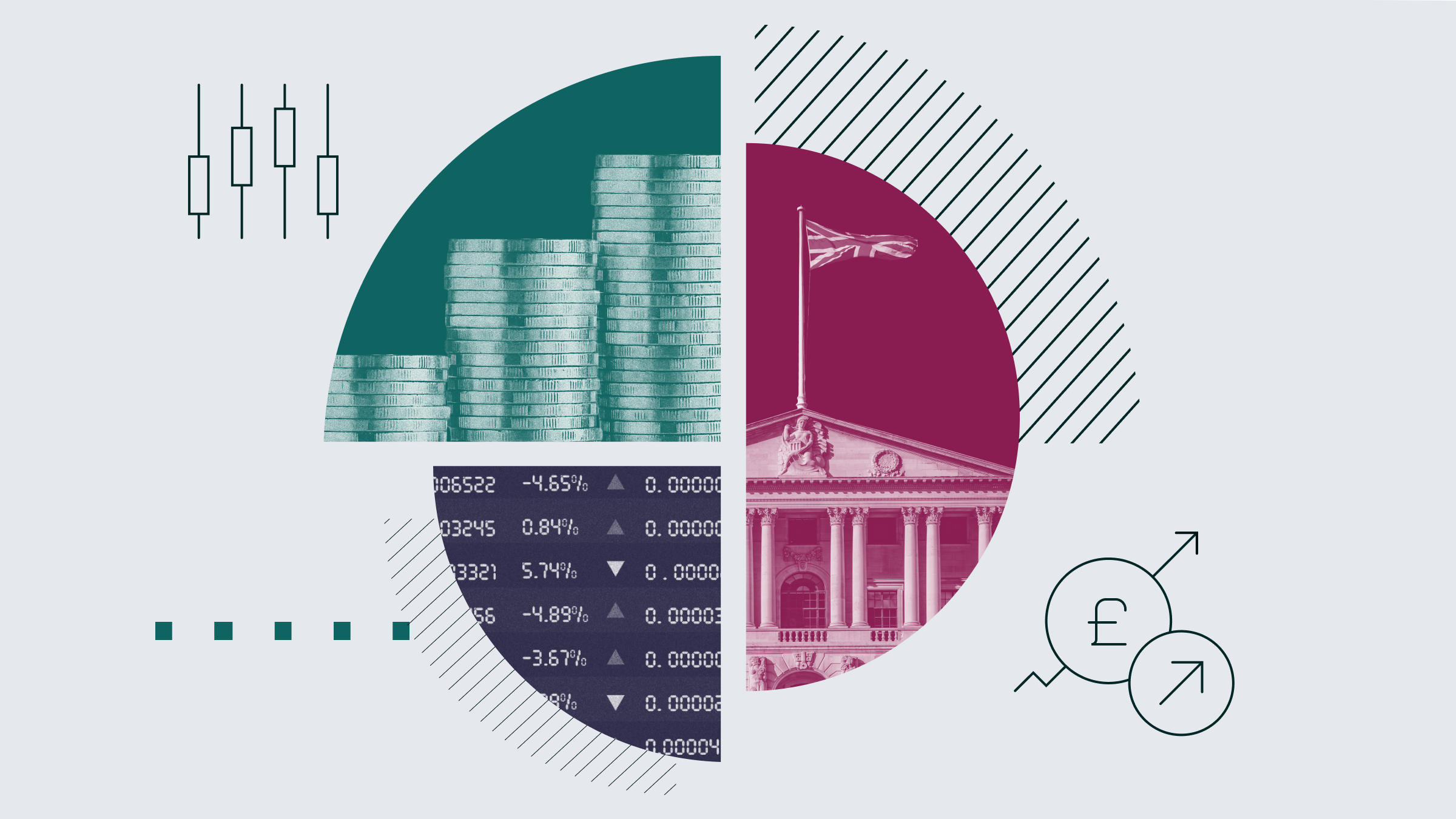
Many investors will be pleased to say goodbye to 2018. It was a year that had it all; Brexit, trade wars, the unwinding of record highs and rising interest rates all contributed to a rollercoaster ride that ended lower than it began.
Marked by a swift reversal in sentiment, the final quarter alone will likely leave a lasting impression, which saw the majority of equity markets fall by over 10% in the period. In fact, 181 of 215 equity markets under coverage fell in value by 10% or more, with three clear themes emerging.
First, many of the hardest-hit markets in the final quarter, including the US tech sector, were the subject of negative surprises in corporate earnings. This is especially true where optimism had previously reigned, a common problem where market darlings become overvalued menaces,a problem our valuation-driven investment approach seeks to avoid.
US and Japan End 2018 on a Low
In the pecking order by region, the US and Japan were among the worst performers in local-currency terms, although the yen jumped strongly, supporting unhedged holdings, followed by Europe, developed Asia-Pacific and the UK, where the multinationals comfortably outperformed domestics. At the other end, emerging markets performed quite well, perhaps because much of the bad news is already priced in.
The second theme we saw in the fourth quarter was the inescapability of uncertainty, with Brexit and trade wars becoming repetitive melodies that left many investors dumbfounded and action-prone. Asset flows continued to shun the UK market in particular. Where this goes is the subject of unyielding speculation, although the silver lining is that valuations have improved markedly over 2018.
And third, we saw the role fixed-income assets can play in portfolios, especially when interest rates are rising from very low levels. In this environment, bonds remain hampered by low absolute yields, yet did provide an effective hedge against some of the equity pain in the fourth quarter. Moreover, it was US Treasuries and emerging-markets debt that performed best, while credit-sensitive assets struggled as the risk-off sentiment intensified.
Of note, currency only had a modest impact on outcomes in the quarter, withstanding the sharp rise in the yen, as sterling fell mildly relative to the other majors, a small tailwind for unhedged exposure. The oil price was the other notable mover for the quarter, losing a third of its value and back to mid-2017 levels.
In all, it was a challenging end to a challenging year. By favouring unloved assets, you could have avoided some of the biggest drawdowns, but there was no hiding from the market declines. It certainly sets up an interesting period ahead, where risk and opportunity must be carefully balanced.



























